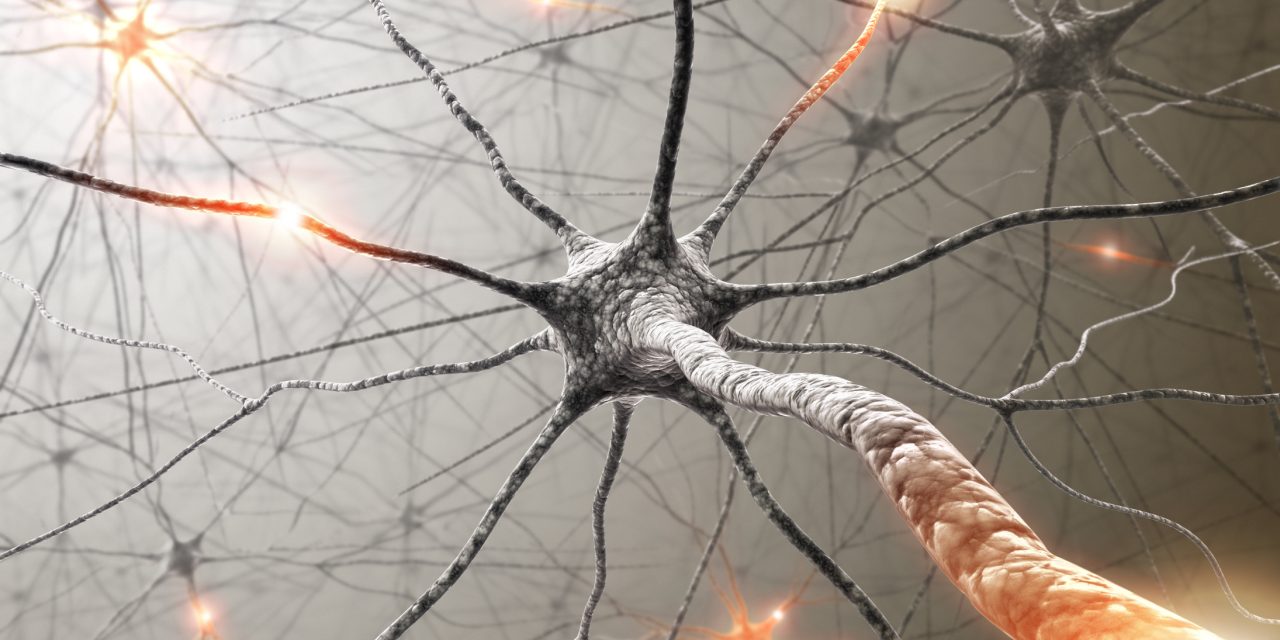The authors sought to determine the overall incidence of cervicomedullary decompression (CMD) in patients with achondroplasia and the characteristics associated with those surgeries across multiple institutions with experience caring for individuals with skeletal dysplasias.
Data from CLARITY (Achondroplasia Natural History Study) for 1374 patients with achondroplasia from four skeletal dysplasia centers (A. I. duPont Hospital for Children, Johns Hopkins University, University of Texas Health, and University of Wisconsin School of Medicine and Public Health) followed from 1957 to 2017 were recorded in a Research Electronic Data Capture (REDCap) database. Data collected and analyzed included surgeries, indications, complications, ages at time of procedures, screening procedures, and medical diagnoses.
There were 314 CMD procedures in 281 patients (20.5% of the entire cohort). The median age of first CMD was 1.3 years in males and 1.1 years in females. Over time, there was a decrease in the median age of patients at first CMD. All patients born before 1980 who underwent CMD had the procedure after 5 years of age, whereas 98% of patients born after 2010 underwent CMD before 5 years of age. In addition, a greater proportion of patients born in more recent decades had documented neuroimaging and polysomnography (PSG) prior to CMD. Ventriculoperitoneal shunts (VPSs) were placed more frequently in patients undergoing CMD (23%) than in the entire cohort (8%). Patients who required either CMD or VPS were 7 times more likely to require both surgeries than patients who required neither surgery (OR 7.0, 95% CI 4.66-10.53; p < 0.0001). Overall, 10.3% of patients who underwent CMD required a subsequent CMD.
The prevalence of CMD in this large achondroplasia cohort was 20%, with more recently treated patients undergoing first CMD at younger ages than earlier patients. The use of neuroimaging and PSG screening modalities increased over time, suggesting that increased and better surveillance contributed to earlier identification and intervention in patients with cervicomedullary stenosis and its complications.
Achondroplasia Natural History Study (CLARITY): 60-year experience in cervicomedullary decompression in achondroplasia from four skeletal dysplasia centers.


